Have you checked your cat’s litter box lately?
Okay, wait. Don’t click away just yet. Take a moment to read through a few ideas we’ve gathered for you. As pet parents, we focus on keeping the litter in the box, right?
But what about the box itself? How long it lasts, when it needs replacing, and the quiet cues our cats give us can all directly impact their comfort and hygiene. Here’s how to spot the signs early and upgrade with care.
Why the Litter Box Itself Matters 🐱
To us, it’s a plastic box we scoop daily. To your cat? It’s a private space and a critical part of their routine.
A clean litter box supports your cat’s physical and emotional well-being. And surprisingly, the box itself plays a bigger role than we often realize.
Even with regular scooping and surface scrubbing, even the best cat litter box furniture can accumulate:
- Micro-scratches that trap odor and bacteria
- Staining and warping, especially in plastic models
- Lingering smells that cats’ sensitive noses pick up instantly
These issues can cause your cat to avoid the box altogether, leading to health concerns.
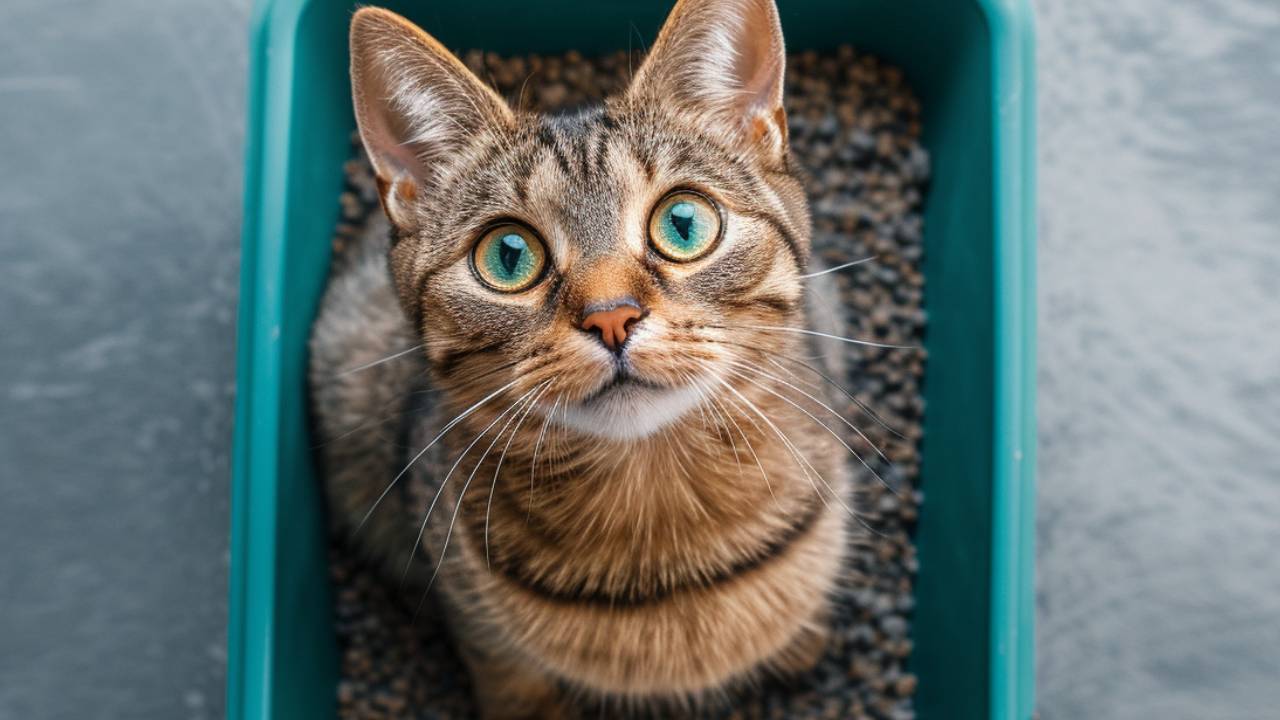
🐾 “A well-maintained litter box promotes better hygiene and behavior. But when the box is past its prime, it can become a hidden source of anxiety for cats, especially those prone to stress or urinary issues,” says the veterinary team at American Paws Club.
If you share your home with more than one cat, everything wears down faster, including the litter box. Shared boxes in multi-cat households using litter box furniture:
- See increased traffic and scratching
- Need more frequent deep cleans
- Should be replaced more regularly to prevent tension or marking behaviors
Above all, maintaining a high standard of cat litter box hygiene is a way to show respect for your cat’s needs.
How Long Do Litter Boxes Last? 🐈⬛
The material of your cat’s box, your cleaning habits, and even your cat’s personality can all impact how long a litter box lasts
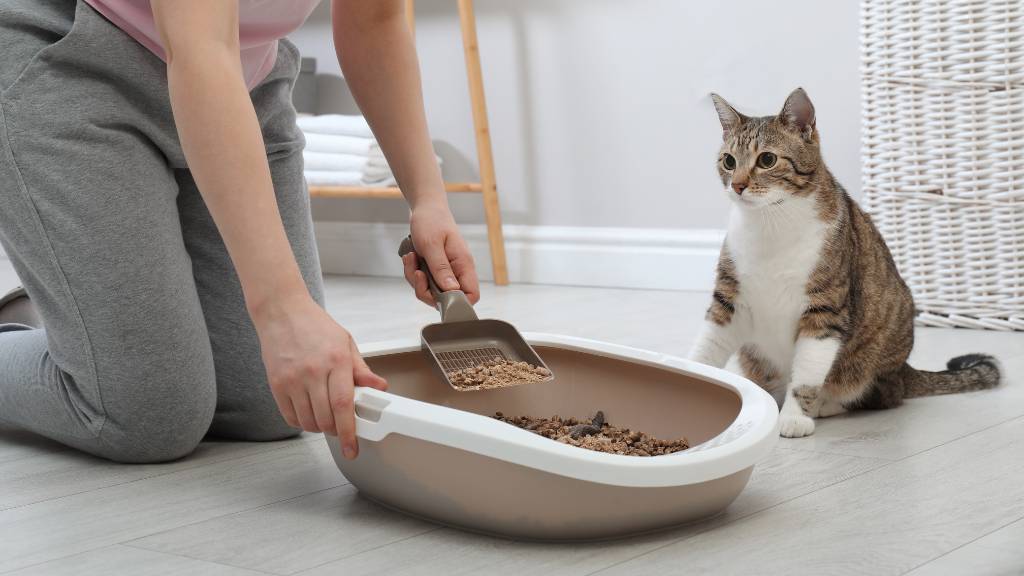
Each type of litter box has its own lifespan, strengths, and weaknesses:
| Material | Average Lifespan | Pros | Cons |
|---|---|---|---|
| Plastic | 6–12 months | Lightweight, affordable | Scratches easily, absorbs odors |
| Stainless Steel | 3+ years | Durable, odor-resistant, easy to clean | Higher cost, fewer design options |
| Silicone/Rubber Blend | ~1 year | Flexible, non-stick, odor-resistant | Can be too soft or unstable for large cats |
Hidden Signs of Wear You Might Miss 🔍
Even if your litter box looks fine, cats notice what we don’t:
- Embedded odor: Especially in porous plastic
- Surface wear: Scratches that trap bacteria and clumps
- Shape warping: Makes scooping less effective, and unsettling for your cat
Regular deep cleaning helps, but no material lasts forever. Being proactive prevents issues before your cat starts avoiding their space.
Indoor Cats vs. Outdoor Cats 🏠
Cats who spend more time indoors tend to use the box more frequently, which means:
- More frequent replacement is usually needed
- Stainless steel might be a better long-term investment
- Rotating between two boxes can extend their overall lifespan
Keeping an eye on litter box wear and tear gives your cat a cleaner experience where they feel safe.
Subtle Signs It’s Time to Replace the Litter Box 😻
While we’re trained to look for spills or smells, your cat is picking up on details you might miss. Over time, their litter box may no longer feel right, even if it still looks okay. And when that happens, their behavior will be your first clue.
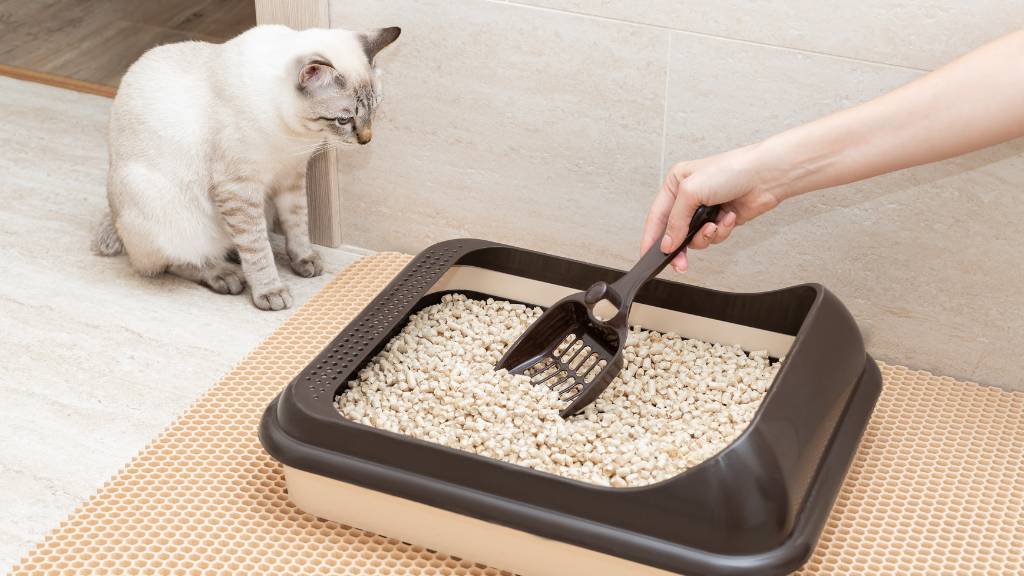
Pay attention to these subtle, but telling changes:
🚫 Avoiding the box altogether
🐾 Hesitating before stepping in
🛋️ Using the bathroom outside the box (even once can be a red flag)
😾 Scratching the floor around the box instead of digging inside
If your cat suddenly acts differently around their litter box, they may be trying to tell you: It’s not working for me anymore.
If you’ve:
- Washed it with pet-safe cleaners
- Scrubbed every corner
- Dried it thoroughly…
… and the smell still lingers? That’s your cue.
Over time, plastic, especially, retains odors deeply within the material. No cleaner can truly remove it once it has been absorbed.
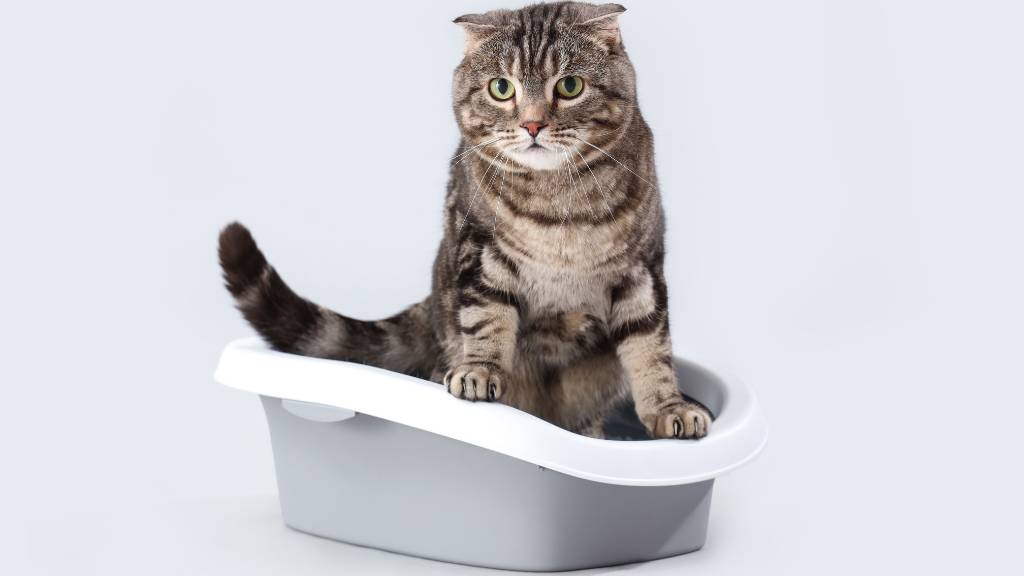
Meanwhile, visual signs often come after behavioral ones, but they still matter. Check for:
- Deep scratches or grooves in the base
- Discoloration or cloudy texture changes
- Warped corners that affect litter depth or scooping
🔍 Noticed any of these recently?
It might be time to consider an upgrade as a gift to your cat’s daily comfort and cleanliness.
Cleaning Tips That Extend the Life of Your Box 😺
A thoughtful litter box cleaning schedule keeps odors at bay, extends the life of your materials, and ensures your cat always feels comfortable using their space.
🗓️ Weekly vs. Monthly: What’s the Right Routine?
Daily:
Scoop at least once a day (twice for multi-cat homes)
Weekly:
- Empty all litter
- Wash with unscented soap and warm water
- Dry completely before refilling
Monthly:
Perform a deep cleaning litter box session:
- Use diluted white vinegar or pet-safe enzymatic cleaner
- Rinse thoroughly
- Inspect for wear, cracks, or buildup
🔄 Pro tip: Rotate between two boxes to let one dry fully or clean it without rushing.
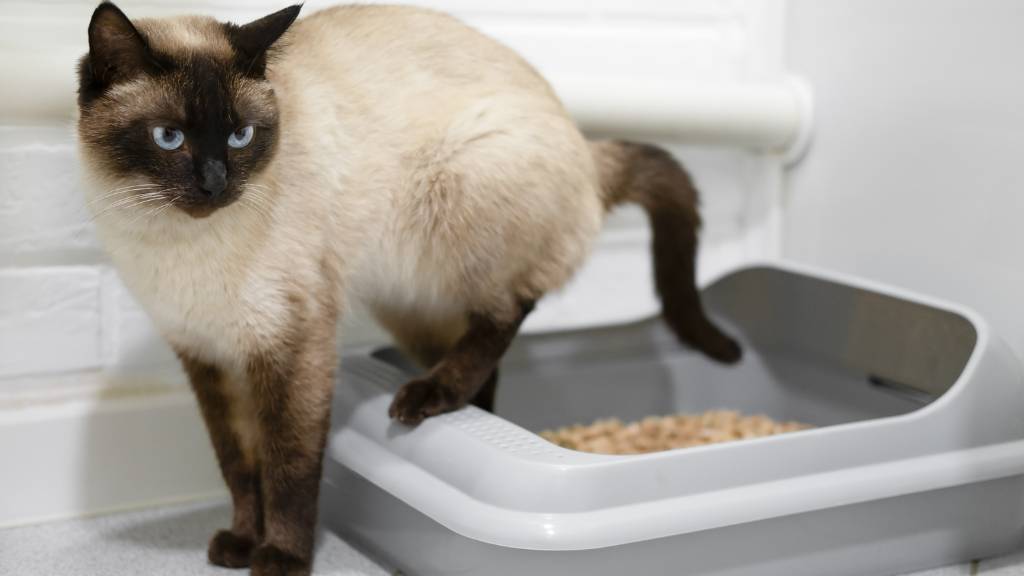
Cats are highly sensitive to scent, even more than dogs. Harsh-smelling cleaners can deter them from using the box.
Best cleaning options:
- Warm water + mild, unscented dish soap
- White vinegar (great for odor neutralizing)
- Enzymatic pet cleaners (especially for multi-cat homes)
Avoid:
- Bleach
- Ammonia-based cleaners
- Anything with artificial fragrance
Clumping vs. Non-Clumping: Why It Matters
The type of litter you use plays a role in how often—and how deeply—you need to clean:
| Litter Type | Cleaning Impact |
|---|---|
| Clumping | Easier daily maintenance, but can be prone to scratches |
| Non-Clumping | Requires more frequent full changes, faster odor buildup |
If you’re using non-clumping litter, your box will need more frequent deep cleans to keep odors at bay. You can also consider the best ways to hide a cat litter box, as we recommend.
Knowing the Right Time to Upgrade ✨
Knowing how often you should replace a litter box is part of proactive pet care, much like choosing fun cat birthday gifts to celebrate their special moments.
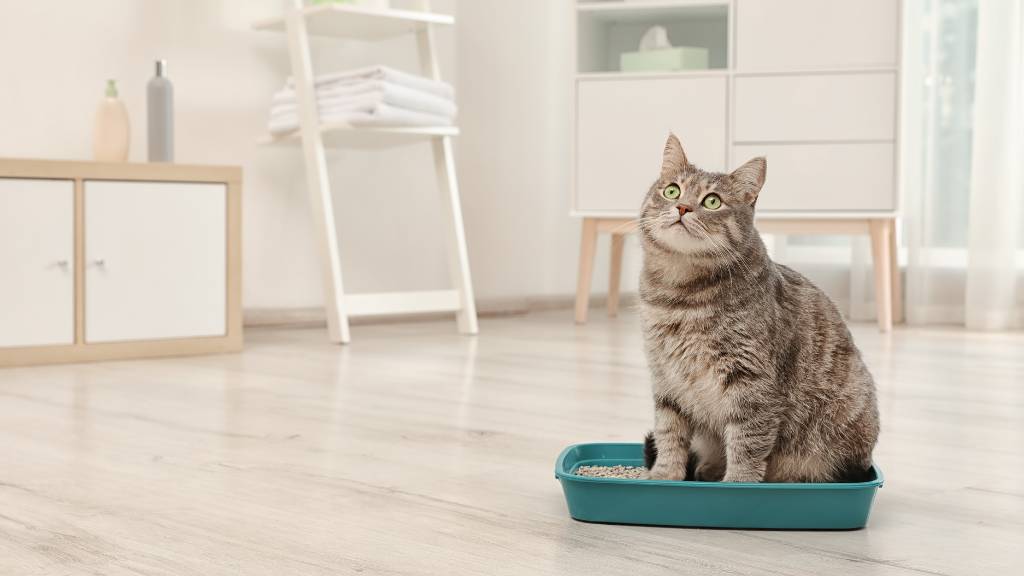
Don’t wait for a crisis. Replacing your litter box proactively:
- Maintains better hygiene year-round
- Prevents behavior issues linked to discomfort
- Gives you time to choose a quality replacement
🧠 If it’s been over 12 months (for plastic boxes) or if your cleaning routine no longer eliminates the odor, it’s time. Your cat deserves better, and they’ll thank you with less mess and more comfort.
When’s the Best Time to Replace a Litter Box? 📅
The best time is when it fits naturally into your routine, not when it adds stress. Try these transitions:
🧼 Spring or fall deep cleaning days
🐾 After adopting a new pet or adding a second box
🎁 Before holidays or travel, when routines are already changing
🏠 During home refreshes, like moving or redecorating
Transition Tips: Helping Your Cat Adjust 🐱
Cats don’t love sudden change, so if you’re upgrading, help them ease into it:
- Keep the old box nearby for a few days
- Add a small amount of used litter to the new box
- Stick to the same location and layout if possible
- Offer gentle encouragement and let them explore on their terms
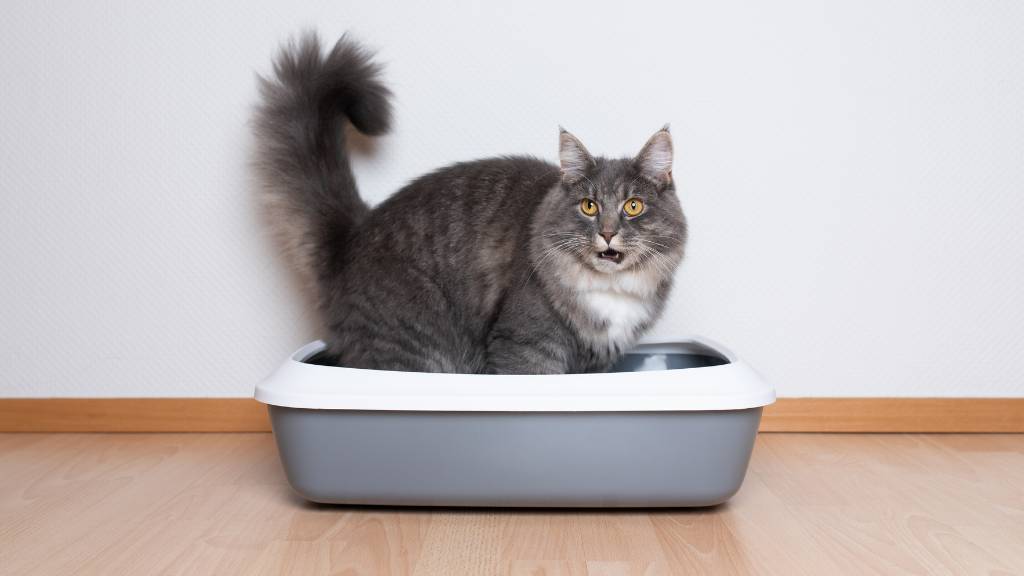
Wrap tip: Replacing your top-entry litter box is a small act of love. One that tells your cat: I see you, I care for you, and I want your space to feel right.
Haven’t Peaked at the Litter Box Yet? 🐾
Remember that question we asked at the beginning. “Have you checked your cat’s litter box lately?” If you’ve made it all the way here and still haven’t taken a look… now’s the perfect time.
Because now, you understand how long a box lasts. So go ahead. Check the box. Run your hand along the base. Give it a sniff (yes, really). It’s time for a fresh start.
👉 Need help choosing the right upgrade? Explore trusted, pet-parent-approved picks at American Paws Club.

Frequently Asked Questions ❓
1. How often should you replace a plastic litter box?
On average, plastic litter boxes should be replaced every 6 to 12 months.
2. Does stainless steel last longer than plastic for litter boxes?
Yes. Stainless steel litter boxes typically last much longer than plastic ones. They’re more resistant to scratches, don’t absorb odors, and are easier to sanitize. While the upfront cost may be higher, they often stay fresh and functional for 3 years or more with proper care.
3. What are the signs that my cat no longer likes the litter box?
Cats are subtle, but their habits can tell you a lot. Watch for signs like:
- Avoiding the box
- Hesitating or circling before entering
- Going just outside the box
- Excessive digging or scratching around the outside
4. How do I get rid of the lingering odor even after cleaning?
If odors remain after deep cleaning, it’s likely absorbed into the box material, especially with plastic. To help:
- Try a 1:1 white vinegar and water rinse
- Use unscented, enzyme-based cleaners
- Replace the box if smells persist after washing
5. Can you use the same litter box for more than one cat?
It’s best to follow the “one box per cat, plus one” rule. Sharing can lead to territorial behavior, stress, and an increase in odor. If you do share, opt for a larger, open box and clean it at least twice a day.
6. What’s the best cleaning schedule for a litter box?
The gold standard is:
- Scoop daily (twice in multi-cat homes)
- Rinse and scrub weekly
- Deep clean monthly with a pet-safe cleaner
Stick to unscented, gentle products, and avoid bleach or ammonia. Cats are highly sensitive to strong smells, and lingering residue may lead them to avoid the box altogether.
7. Are there litter boxes that never need to be replaced?
While no litter box lasts forever, some are built to last. Stainless steel and antimicrobial-coated boxes can last for years with proper care. Look for durable materials that resist scratching and odor, and commit to regular maintenance. Even with long-lasting materials, it’s a good idea to inspect your box every 6 to 12 months for wear. If you notice stains, warping, or your cat avoiding the area, it’s time for an upgrade, no matter the label.


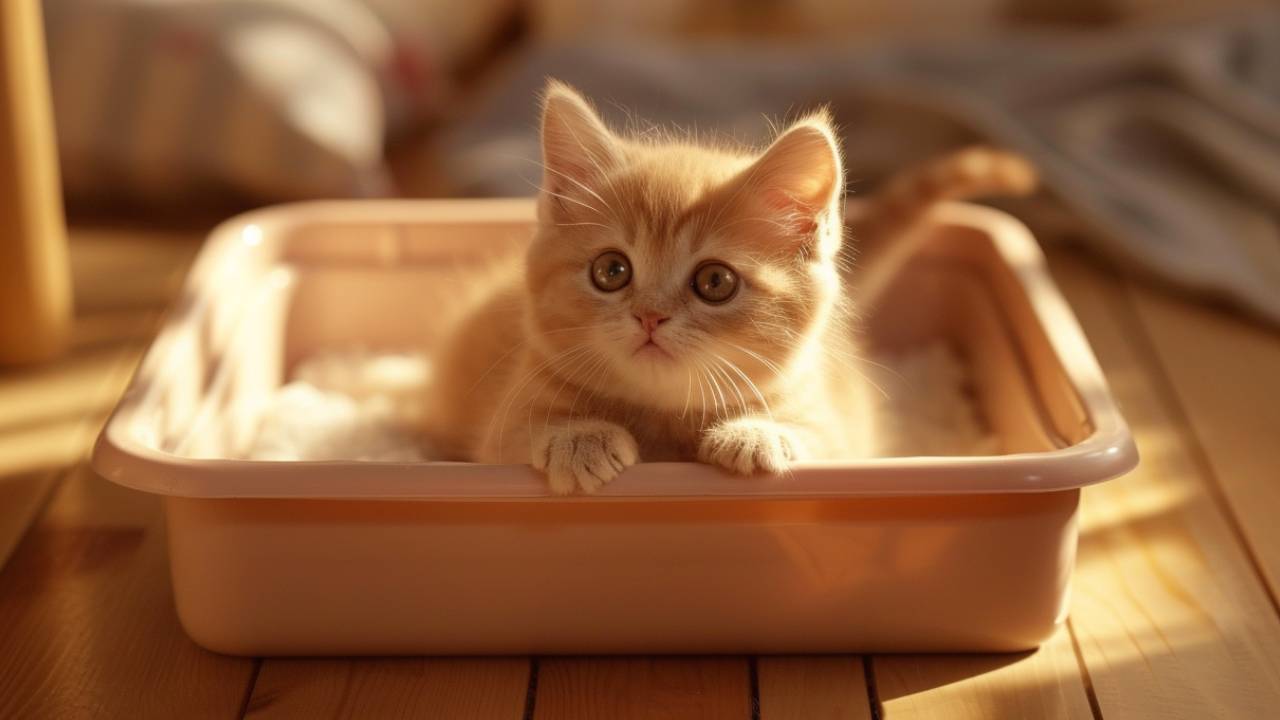



0 Comments